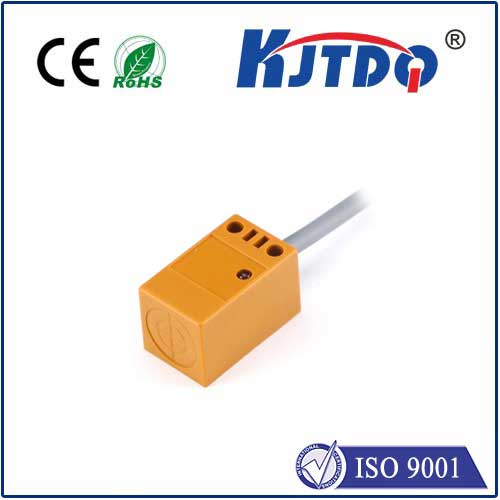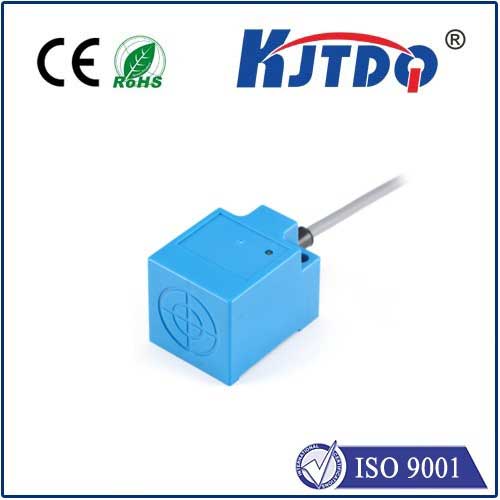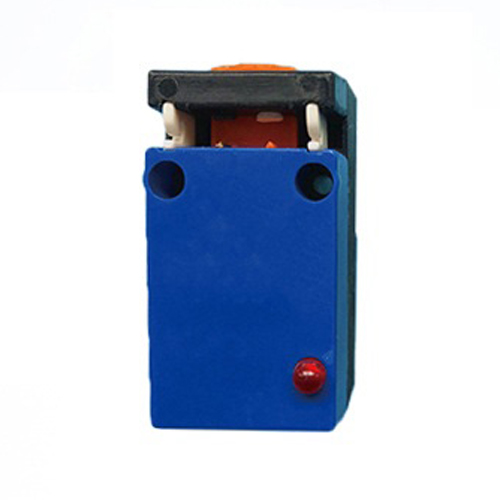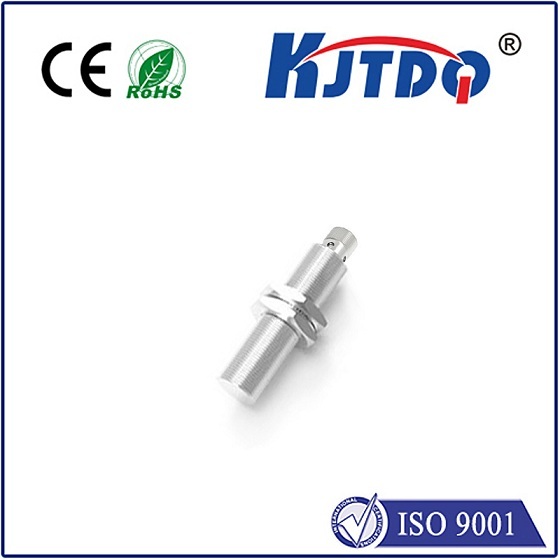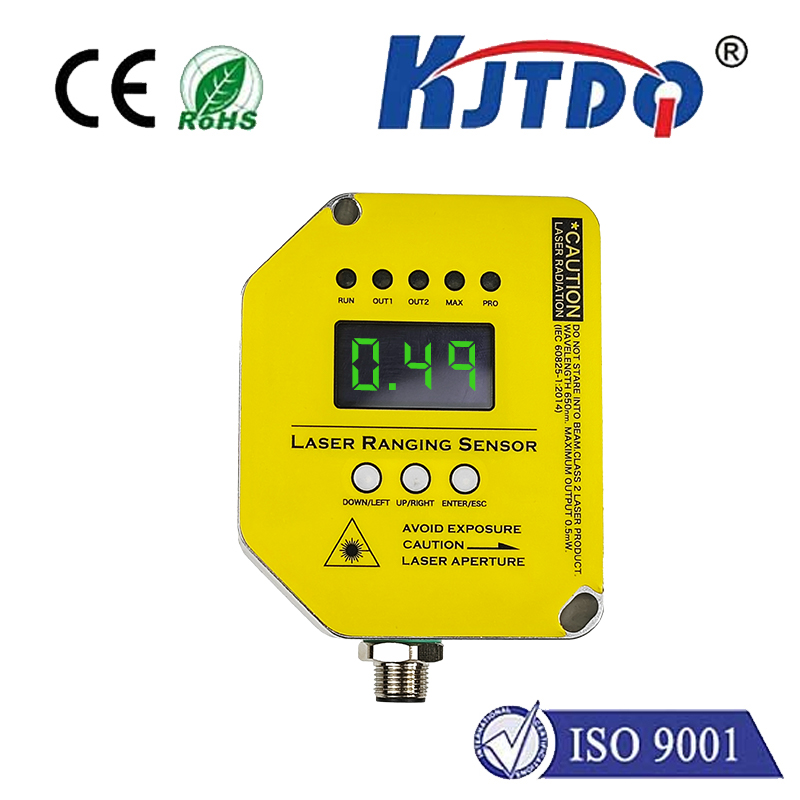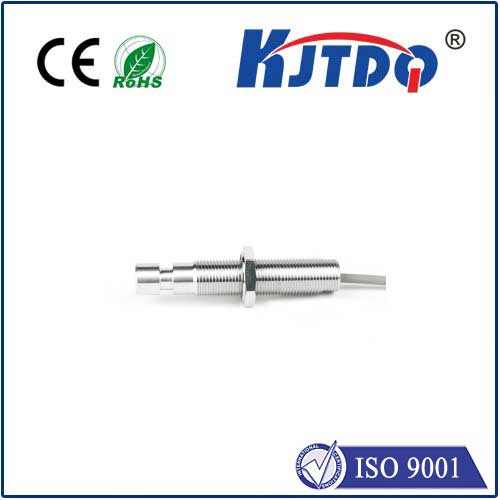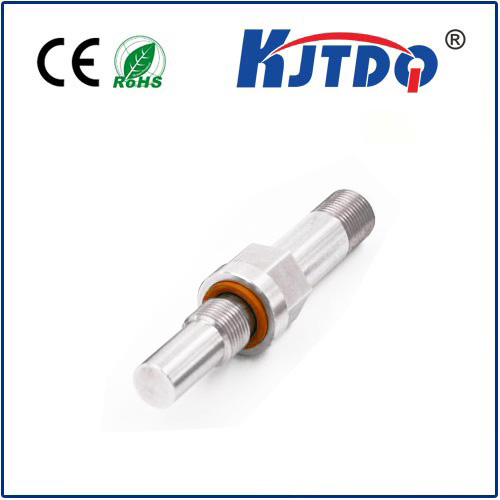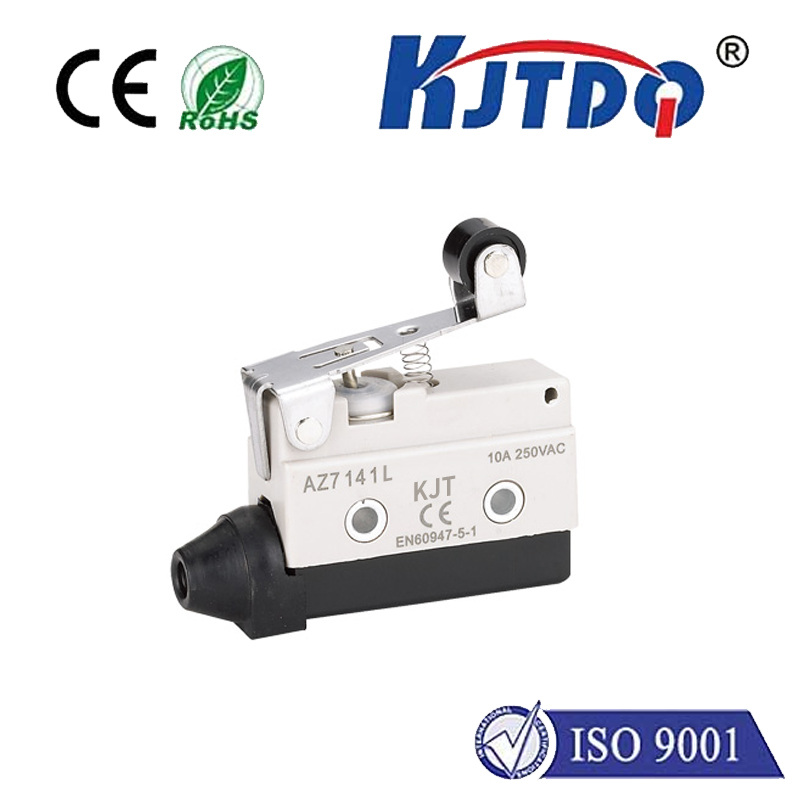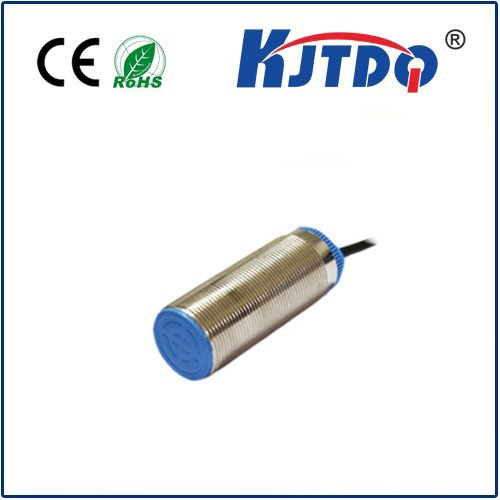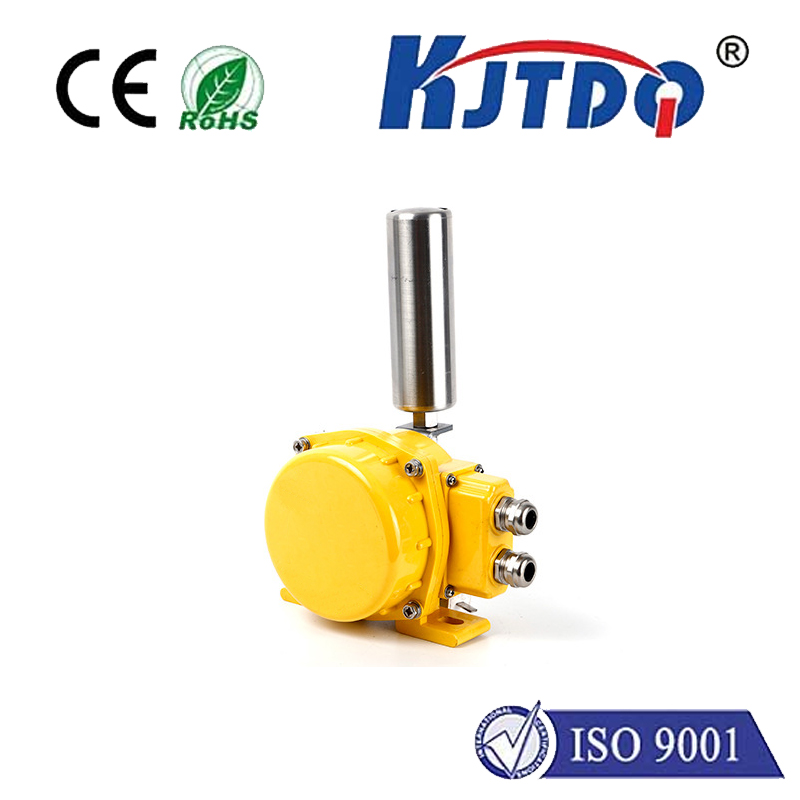Imagine a hydraulic cylinder deep within an offshore drilling rig, operating under crushing pressures that would instantly flatten conventional sensors. Reliable position feedback isn’t just convenient here; it’s mission-critical for safety and efficiency. This is precisely the realm where specialized components like the BES01Y3 High Pressure Proximity Sensor prove indispensable. Designed to thrive where others falter, this sensor delivers robust, non-contact detection in applications submerged in high-pressure fluids or exposed to extreme ambient pressures.
The core challenge the BES01Y3 addresses is the destructive force of high hydrostatic pressure. Standard inductive proximity sensors, while reliable in normal conditions, can suffer catastrophic failure when subjected to pressures often found in hydraulics, oil and gas exploration, high-pressure die casting, and subsea equipment. Pressure can deform housings, crush sensing elements, cause diaphragm rupture in sealed units, or force media ingress, leading to sensor malfunction or complete breakdown. The BES01Y3 is engineered specifically to withstand these punishing forces, featuring a pressure-resistant stainless steel housing and specialized sealing technologies. Its robust construction allows it to operate reliably directly immersed in hydraulic oil or other fluids at pressures typically rated for 500 bar (approximately 7250 psi) or higher, depending on the specific model variant.

How does the BES01Y3 achieve this resilience? It leverages the fundamental principle of inductive proximity sensing but packages it within a uniquely fortified structure. Inside its durable shell, a high-frequency oscillator generates an electromagnetic field at the sensor’s active face. When a metallic target (typically the piston or rod within a hydraulic cylinder) enters this field, eddy currents are induced on the target’s surface. These eddy currents draw energy from the oscillator, causing its amplitude to decrease. The sensor’s internal circuitry detects this change in oscillation amplitude, triggering a solid-state switching output (usually PNP or NPN, depending on configuration). Crucially, the sensing coil and electronics are hermetically sealed and often designed with pressure-compensation mechanisms to ensure the internal cavity withstands the external hydrostatic load without deformation or fluid ingress.
Integration and installation of the BES01Y3 follow similar principles to standard inductive sensors, but with heightened attention to pressure ratings and sealing. It typically features industry-standard M8, M12, or M18 threaded barrels or specialized flanges designed for direct mounting into high-pressure ports on cylinders or manifolds. Ensuring the correct orientation and tight, leak-proof installation is paramount to maintain system integrity and sensor longevity under pressure. The sensors provide a reliable switching signal, often with standard cable or connector options, easily interfacing with PLCs or machine control systems.
The value proposition of the BES01Y3 lies in its ability to deliver critical feedback where others simply cannot operate. This translates into:
Where does the BES01Y3 High Pressure Proximity Sensor make the most significant impact? Its unique capabilities are essential across demanding sectors:
Selecting the right high pressure sensor, like the BES01Y3, requires careful consideration beyond just the pressure rating. Factors include the required sensing distance, target material (ferrous/non-ferrous), electrical output type (PNP/NPN, NO/NC), operating temperature range, electrical connection type, and the specific environmental conditions (e.g., presence of aggressive chemicals alongside pressure). *Always consult the manufacturer’s datasheet to confirm the sensor’s exact pressure rating and ensure it exceeds the maximum anticipated pressure in the application, including potential pressure spikes*.
